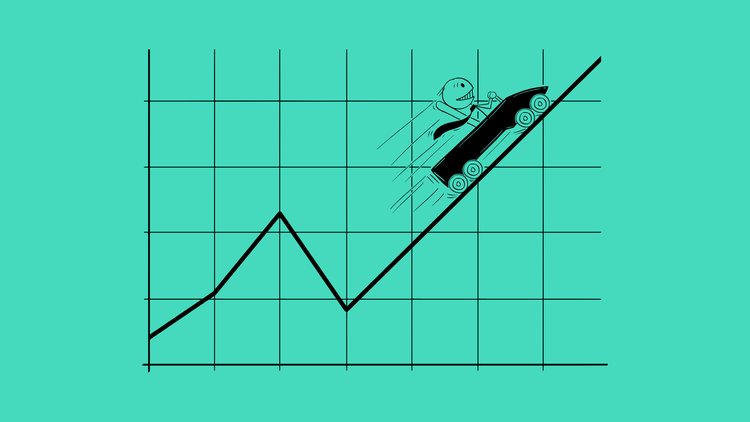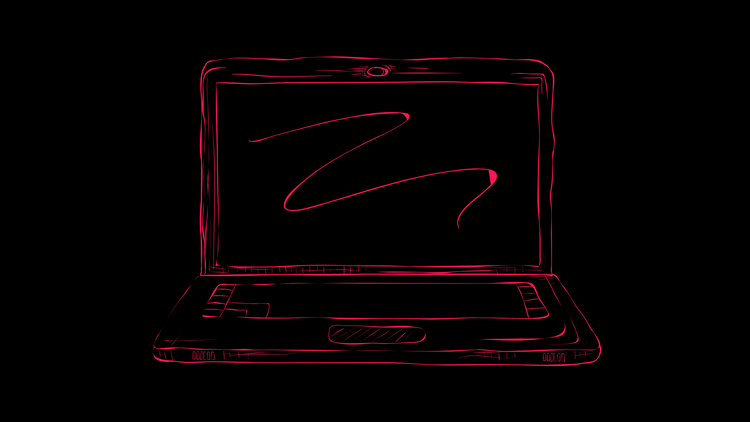Surviving a Social Shock
As of December 2021, COVID has killed an estimated 17 million people globally. Billions more had their lives disrupted in crude, cruel ways. While no one escaped, the severity of disruption has not been equally distributed. Leadership was critical.
The U.S. is the most maddening case study in extremes.
The wealthiest country in the world produced a miracle vaccine in record time. Yet political failures and cartoonish levels of selfish individualism caused far too many avoidable deaths. The official tally — 800,000 and rising — almost certainly undercounts those lost to COVID-adjacent causes.
While the sheer scale of loss is soul-shaking, we Americans have decided to prolong the horror. With a stubborn minority refusing to protect themselves and others, deaths will increase substantially as new variants spread through countries and continents — rich and poor alike — with ever-increasing speed.
In other words, things will get much worse before they get any better.
A mental health crisis hiding in plain sight
COVID harms people in many ways short of death.
If you lined up all the people you know and love — family members, friends, colleagues, lovers, acquaintances — roughly every other nose you counted would be suffering from anxiety or depression.
Additional research findings:
- In the U.K., mental health cases, especially among the young, have skyrocketed from pre-COVID levels: among people aged 16 to 39 years, depression was up from 10.9% in 2019 to 31% in 2020.
- Women seem to be almost twice as susceptible to depression as men. In the spring of 2021, rates of depression for women and men, aged 16 to 29 years, were 43% and 26%, respectively.
Front-line workers, the sharp tip of a poorly wielded spear, volunteered to enter the raging inferno. Their bravery came at a high cost. One study found that 60% of front-line workers suffered from at least one of the following conditions: anxiety, depression, or post-traumatic stress disorder (PTSD).
Like the people, the source of front-line workers' trauma is caring for others:
Participants who were concerned about infecting others, who could not talk with their managers if there were not coping, who reported feeling stigmatized and who had not had reliable access to personal protective equipment (PPE) were more likely to meet criteria for a clinically significant mental disorder. Being redeployed during the pandemic, and having had COVID were associated with higher odds for PTSD. Higher household income was associated with reduced odds for a mental disorder.
A Crisis Across Generations
Families have often experienced COVID — extended, unpredictable, and open-ended lockdowns — together. Hunkering down helped to keep grandparent, parent, and grandchild safe. But forcing everyone indoors has blurred once-clear lines. Erasing boundaries between work, school, and home may have been necessary, but it came at a significant cost to everyone involved.
One study found that, as anxiety surged among children and young adults, 60% of parents reported not feeling able to meet their child's needs and work.
And guess what? They were right. Children, especially in the 13-19-year-old range, reported significant increases in depression (top, green) and significant decreases in mental wellbeing (bottom, green).

Using and Abusing
Most people don't do well with change. Most of the working world relies on routines, so unplanned external shocks are difficult to account for and even more difficult to overcome. COVID, then, was a double shock.
The pandemic's deadly reach forced people to become home-bound creatures en masse. Without the healthy routine of work and socialization, many people — often existing in total or near-total isolation — created new rituals to fill their time. Many will have lasting effects.
Starting in August 2020, the Centers for Disease Control and Prevention (CDC) began quantifying these unholy trends.
- Between April 2020 to April 2021, drug overdose deaths increased by about 29%.
- One-in-seven adults reported starting or increasing substance abuse from COVID-induced stress.
COVID's Long Tail
After things get worse and before they get better, new routines will start feeling normal.
Companies will figure out how to balance working from home and commuting to the office. People will find jobs, go on vacation, eat out, and visit family. Scientists will continue producing the vaccines that save us from ourselves.
Yet some widespread, quiet crises — anxiety, depression, and substance abuse — will linger long after a sufficient number of people do the right thing, get jabbed, and live to tell about it.
Only then will the enormous cost of survival come into focus. It will become a defining legacy of the COVID nightmare.





